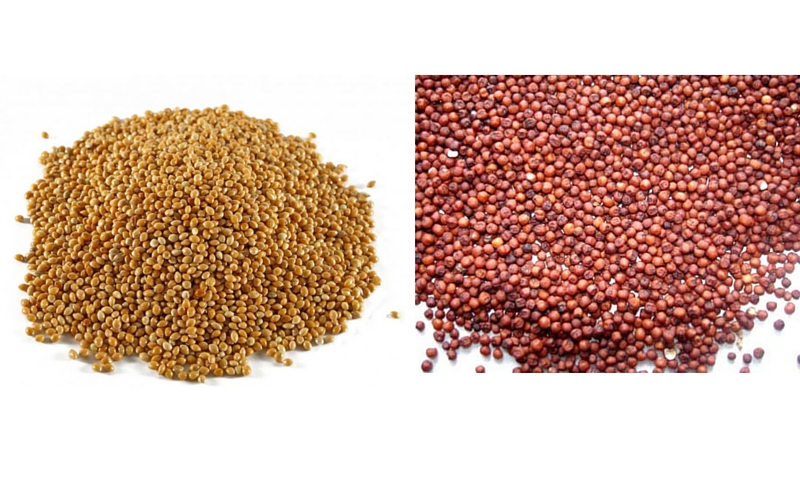
Why Millet and Sorghum are Good for Africa
El Niño is bringing drier conditions to Southern Africa and an estimated 14 people in sub-Saharan Africa could suffer from hunger over the next few months. As the drought worsens food shortages might last well into 2017. Some of the worst affected countries are Ethiopia, Malawi, Madagascar, and Zimbabwe. Often, when Africa suffers a major drought people will point to lack of funding, lack of irrigation, lack of planning and so forth. However, it is time for us to start questioning the type of crops we are growing in this region. Traditionally, people living in this region did not have severe food shortages at the level we are currently experiencing. Therefore, a lesson in agriculture history might be useful.
Most cultivated varieties of sorghum can be traced back to Africa. During the Muslim Agricultural Revolution, sorghum was planted extensively in parts of the Middle East, North Africa, and Europe (Watson 1983). Fully domesticated pearl millet grains from the West African country of Burkino Faso are, dated directly to between 1035 and 916 BC, and others from northern Ghana to between 1740 and 1130 BC. The oldest known examples come from the site of Dhar Tichitt (in the West Saharan country of Mauratania), that date to 100 years earlier than Ghana. The cultivation of crops like millet and sorghum date back to our earliest existence which in itself should be a lesson for us in the 21st century. Currently, Africa as a continent is the largest producer with an output of about 21.6 million metric tons (850.6 million bushels) annually (USGC 2008). The infographic below seeks to help us understand why it is important for our governments, non-governmental organizations and so forth to champion the cultivation of crops like millet and sorghum over maize.





2 Comments
by veronica mugomb
Very informative thank you for sharing this valuable information that will save many lives where we stop being aid cases but do for ourselves.
by SamChiko
It is very interesting to find out that we might be planting the wrong crops for our regions which is why we are always hungry as soon as a drought comes.
Comments are closed.